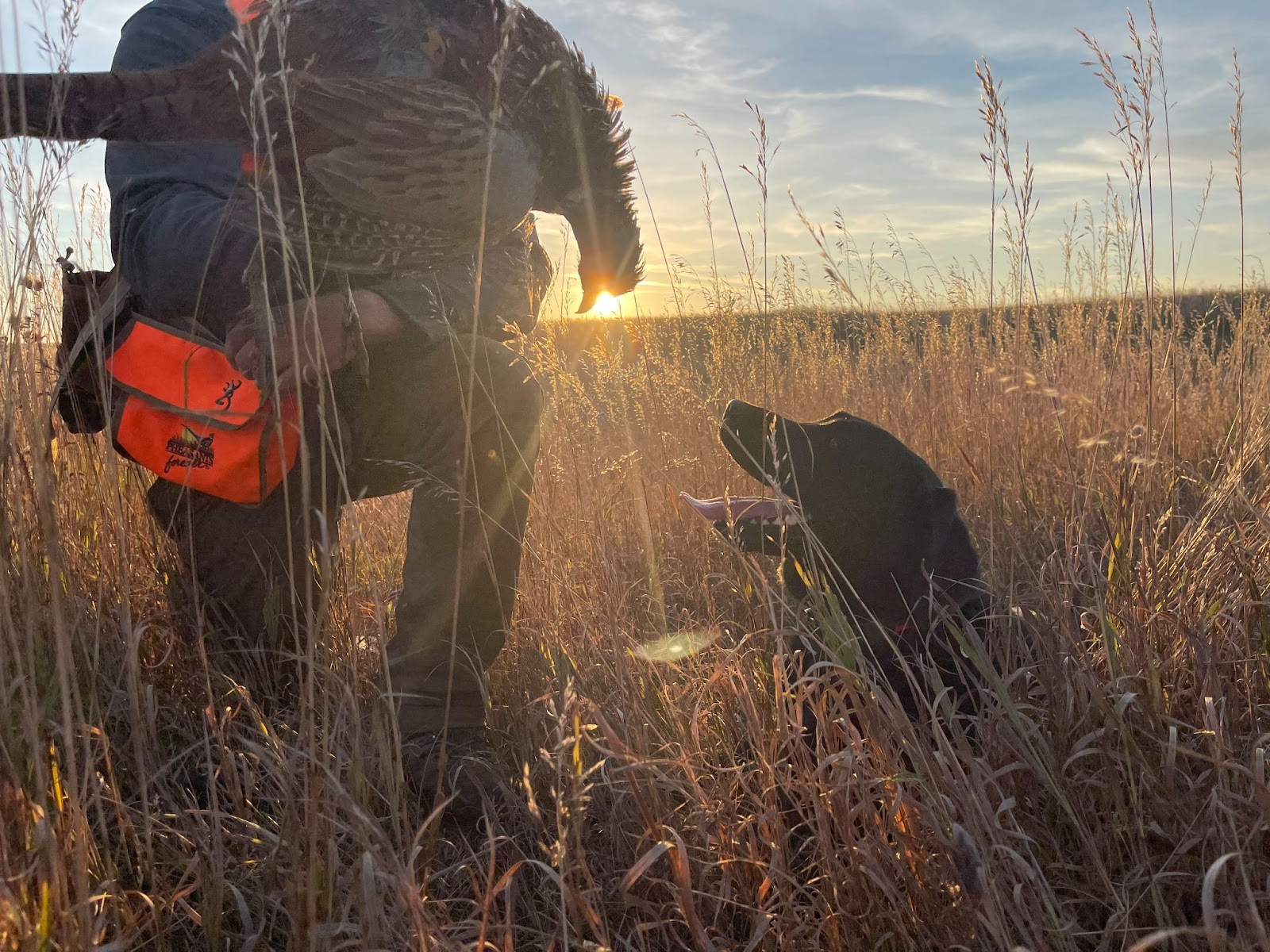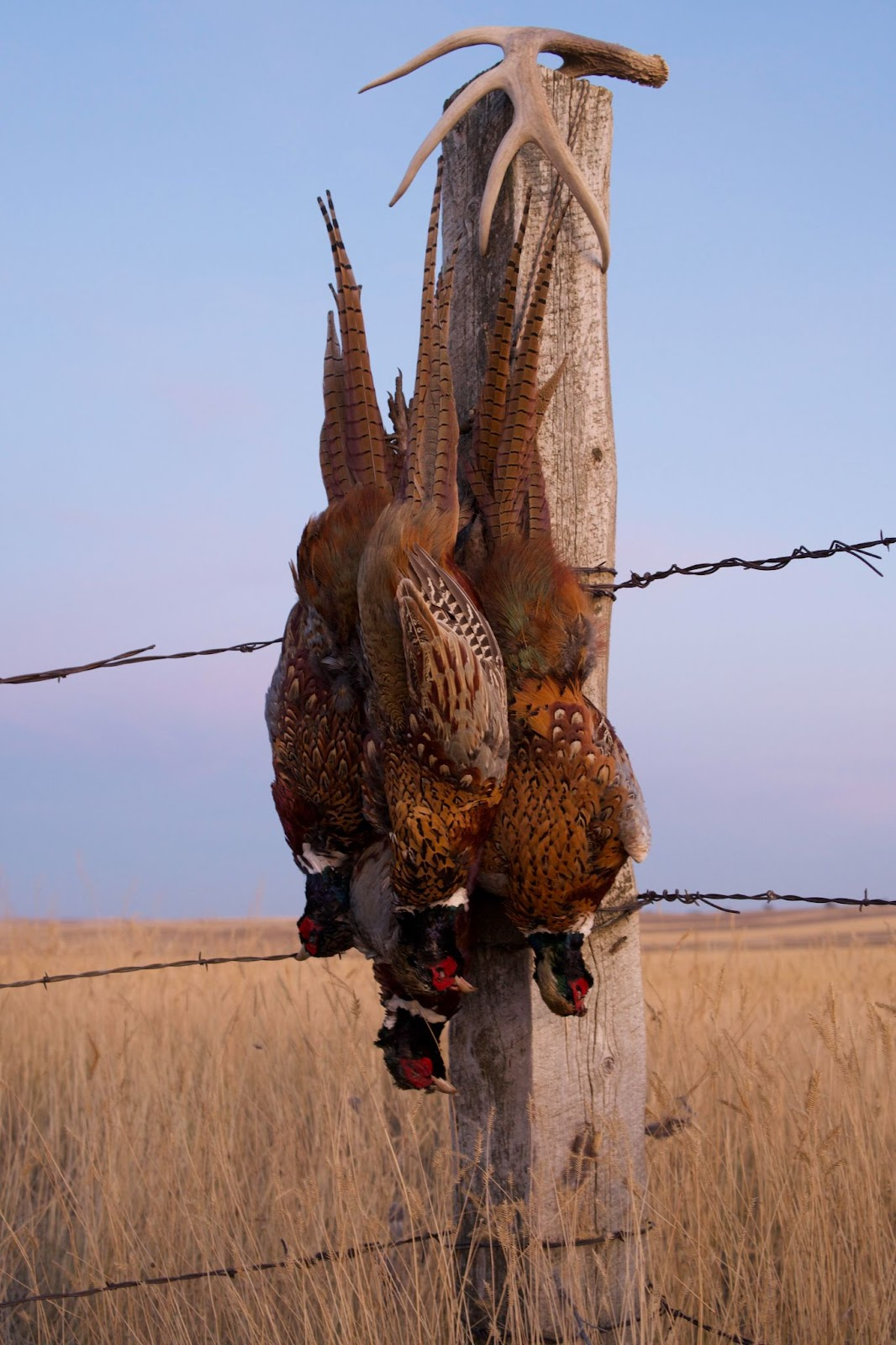
As Summer begins across the country many hunters start thinking about the next Fall and the stories that will be told. But to have a successful season come October right now is the most important time for pheasants. Most hen pheasants go to nest in May and peak hatches for chicks are in June. Since 80% of the harvest has been born this year, the upcoming weather forecast make or break for the season.
Coming off an above average winter in the West to an average one in the upper Midwest with bouts of prolonged snow and subzero temps, pheasants entering the nesting season may be in a less than ideal condition, especially in habitat that has suffered from recent drought the last two years. Temperatures in March and early April in most of the pheasant's core range were below normal temperatures, and normal or slightly below average moisture across the region. These temps may have killed a few pheasants as they began to break apart from their winter flocks, and could experience low body fat due to the prolonged weather. But with the bad news of the cold and snow there is some good news. The winter storms did bring moisture back to the prairies recharging the soil and groundwater and filling potholes across the region.
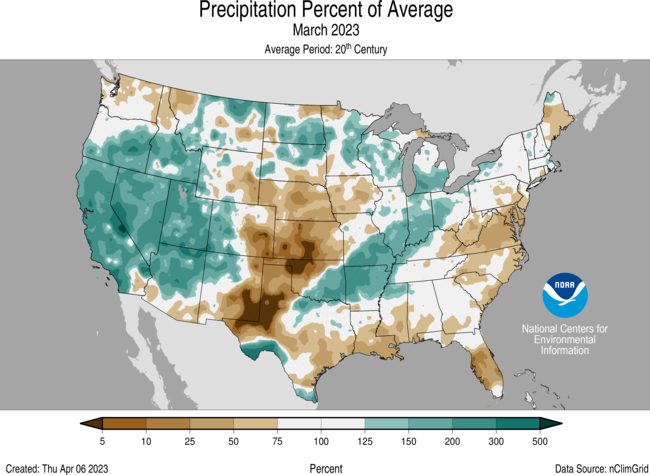
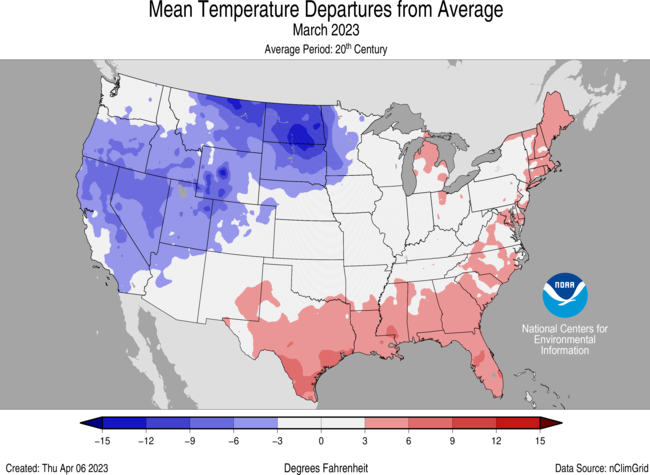
As we transitioned to Mid April and early May things began to take a dramatic turn. Above average temperatures returned to the area melting the snow that was left over quickly and started the “green up” process which was important for our upland birds. The warmer temps in May also brought scattered rain showers across the middle of the continent. Warmer temps and a decent amount of rain made cover grow rapidly creating good nesting habitat for the hens. But too much rain and thunderstorms can cause washouts of nests and hail can kill hens as well as chicks. We have seen some localized flooding in these storms and some hail. These storms may affect localized populations; typically this does not affect the overall area population. The one exemption so far this spring is the Upper Midwest. The rains that have fallen in the central to northern plains have not fallen for them. With a lot of places having a top ten lowest amount of rainfall for May.
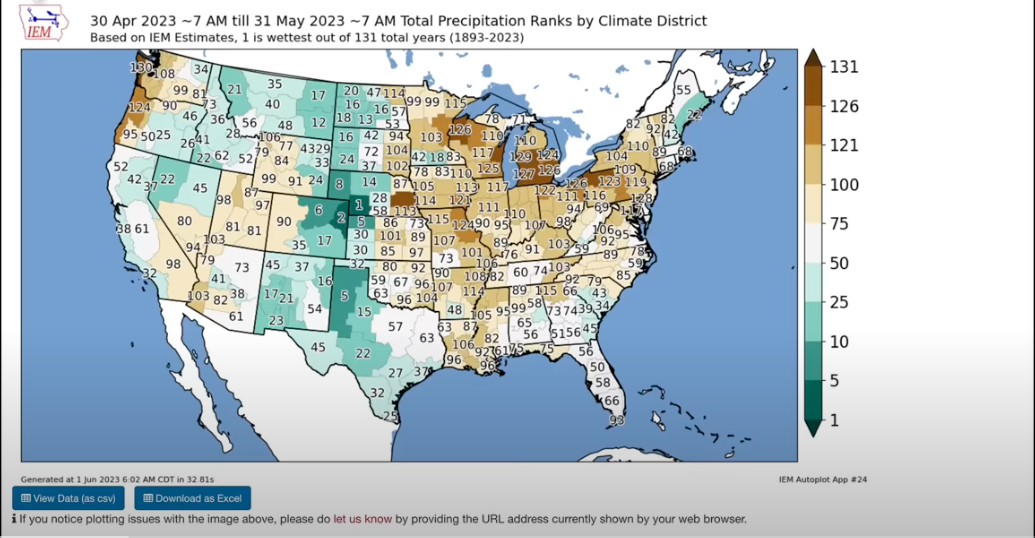

The weather pattern looks to stay the same for the foreseeable future, but with a slight increase in rain chances in those midwest states. With these continued conditions, we should start to see a good hatch and chick survival. The warmer temps will keep the chicks from freezing to death and then with continued moisture we should have good cover as well as providing food for the chicks. Pheasant chicks for their first few weeks of life eat protein-rich insects that make up 90% of a chick’s diet. These insects are abundant with wet soil giving the chicks a great head start. All of this should make for great chick production but like stated earlier we need to watch out for strong thunderstorms that may wash out or kill the chicks with hail. Be on the lookout for Pheasants Forever's hunting forecast that is released every September as it will give a state by state run down of what to expect this fall.
